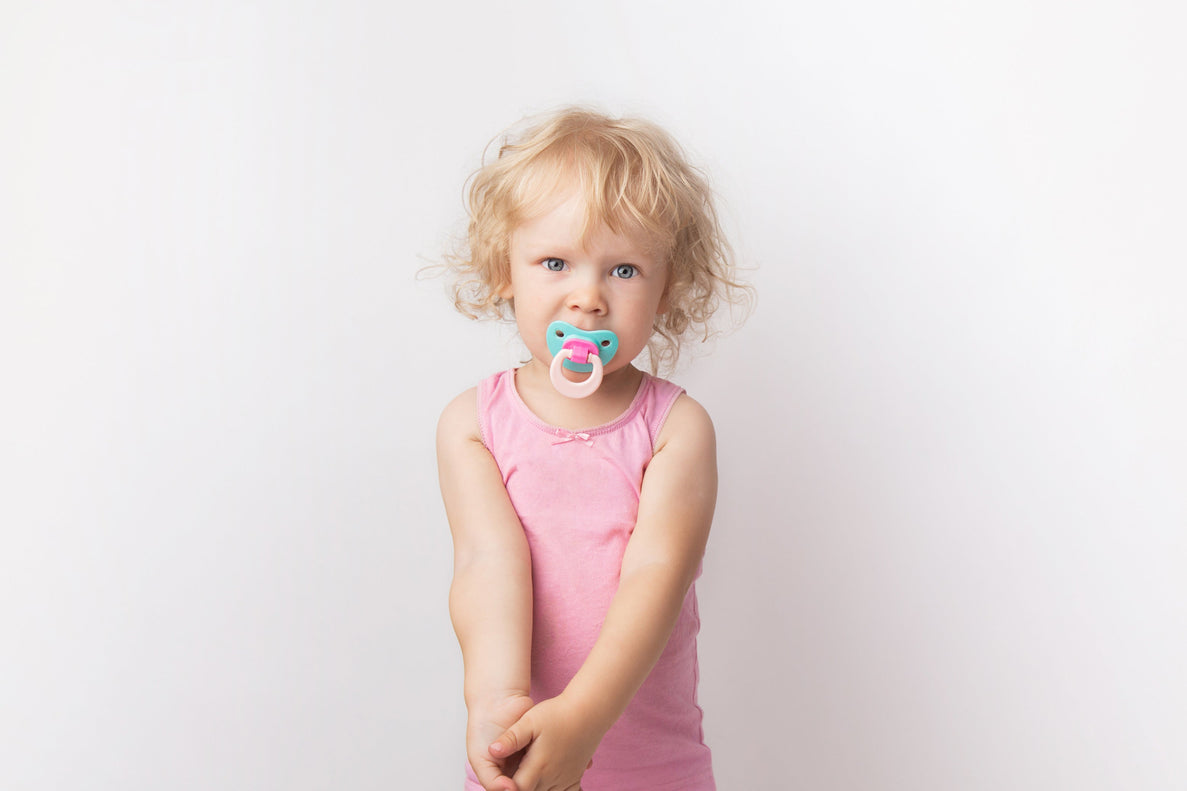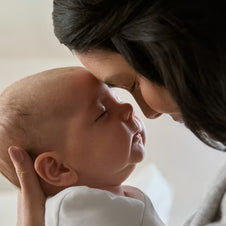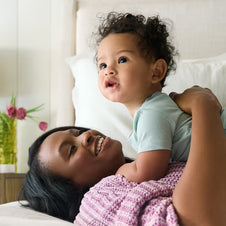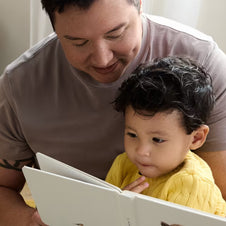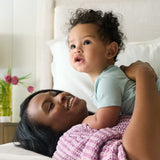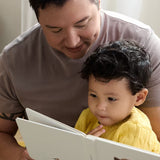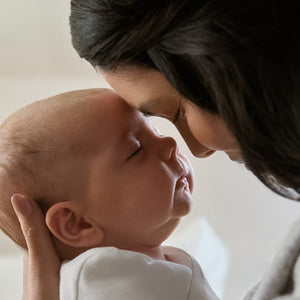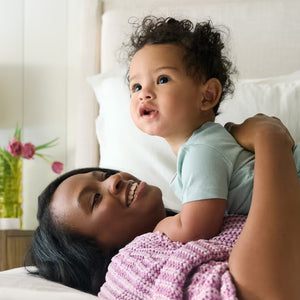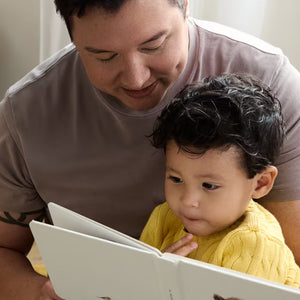Let’s talk about when to wean the pacifier and some of my favorite tips for how to get rid of pacifiers.
Taking Cara Babies Classes
When do I wean the pacifier?
The simple answer: it depends. As a parent, you get to decide when is best for your baby.
If the binky is causing your baby frustration, increased crying, more wakings in the night, and you’ve just had enough, you can get rid of the pacifier. There’s no special reason to keep a pacifier that’s causing you and your baby grief.
Now, if you have a toddler or older baby and are wondering if it’s time to get rid of the pacifier, let’s listen to the experts. The American Academy of Pediatrics recommends getting rid of the pacifier between the ages of 2-4 years old, and the American Academy of Pediatric Dentists recommends weaning the pacifier by 3 years old. So, for most toddlers, weaning the pacifier between 2-3 years old can be a great choice.
How do I wean the pacifier?
If you’ve decided it’s time to get rid of the pacifier, there are a few things that you need to consider.
1) The age of your child.
2) Your child’s attachment to the pacifier.
3) When your child is currently using a pacifier.
4) The method that you can be the most consistent with over time.
Let me explain as we look at some of the options for how to wean the pacifier.
Here are my top five options for getting rid of the pacifier:
1. Wean the pacifier cold turkey.
When it’s time to get rid of the pacifier, throw them all away. Consider giving some warning, especially if your baby is older than 18 months.
For older toddlers, in the week or so leading up to getting rid of the pacifier, consider reading books about saying goodbye to the pacifier, talk about how they will no longer have the pacifier, and offer ideas for comfort items that they can use instead. It can even help to create a little story about sleeping without the pacifier now. This doesn’t need to be a long drawn out conversation, but giving your toddler a few days to process the upcoming change can be so helpful.
You can also incorporate one of these fun strategies:
Binky fairy - My sister used this one when her daughter was about 2.5 years old. They had the “Binky Fairy” who took the pacifiers and brought my niece a new scooter. Who wouldn’t love a new scooter and a shiny pink helmet? She was elated and didn’t miss the pacifier at all during awake times. Bedtime was rough for a few nights, but they had success.
Plant a Garden - I saw this idea one day to help your little one be involved in weaning the pacifier.
“Mail” the pacifiers to exchange for a comfort item. - If you seal the pacifiers in an envelope to “send” them away, a package can arrive with a new stuffed animal or lovey.
2. Wean the pacifier slowly and use it only for sleeping (naps and nights).
If you have a baby or toddler who uses the pacifier for comfort outside of sleeping, you may decide that it’s best to go more slowly. Before you wean the pacifier completely, you may first make a rule that the pacifier can only be used for sleeping. It never leaves the crib. This is a slow weaning approach where you can eventually get rid of the pacifier during sleep times too, when you are ready.
3. Eliminate the pacifier at nighttime.
Only allow it during nap time (and keep it in the crib). The drive to fall asleep is higher at night than during naps so you will find more success eliminating it for night sleep prior to day sleep. This can be a great second step if you’ve already followed option #2.
4. Use a system to slowly make the pacifier smaller.
This pacifier weaning system is designed for babies 6-18 months as a gradual way to reduce the size of the pacifier and wean the pacifier. It can be a great option for some babies and similar to what I used for my own kids.
5. Try some of my favorite strategies for babies under 5 months.
If your baby is under 5 months, check out the techniques in Newborns Sleeping with Pacifiers. The pacifier can still be such a great tool, even if it seems to be causing you trouble now. Consider whether you may be able to keep the pacifier, but reduce your baby’s dependence on it for falling asleep.
How many days does it take to wean the pacifier?
That depends on the method that you choose, the age of your baby, and their temperament. In most cases, I find that the trickiest days are in that first week after getting rid of the pacifier. Be patient and consistent in your approach, and adjusting to life without the pacifier will be less painful.
How do I get my toddler to sleep without a pacifier?
You need a plan. If you have a baby under 2, The 5–24 Month Collection will give you all the tools to have a great little sleeper for days, nights, and every bump along the journey-- yes, including weaning the pacifier. If your toddler is 2, 3, or 4 years old, Toddler Sleep Training will teach you everything you need to know about toddler sleep, even if your child currently depends on the pacifier to sleep.
Cara, how and when did you wean the pacifier in your house?
Her dad INSISTED my daughter be done at 11 months because the pacifier had become a permanent part of her little smile. I must admit, it was a bit obsessive for her. Two days after we took her pacifier away, she began to suck her thumb (until she was 7 years old!). I really wish we would've waited until she was a bit older to get rid of the pacifier.
With my boys, the pacifier never left the crib after they reached 6 months. The pacifier was a tool to help them but never a burden. Around their second birthdays, we chose a slow weaning option. Then it was done. The binky was a thing of the past.
Whatever method you choose, know that nobody knows that baby better than you. Talk with your pediatrician or dentist if you need help deciding the approach that fits your family best.

